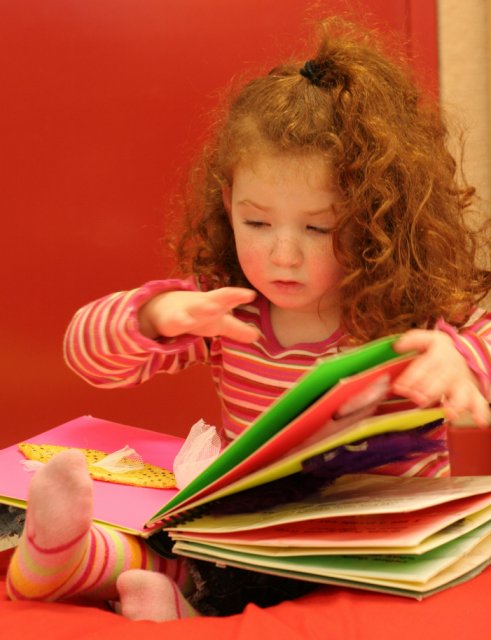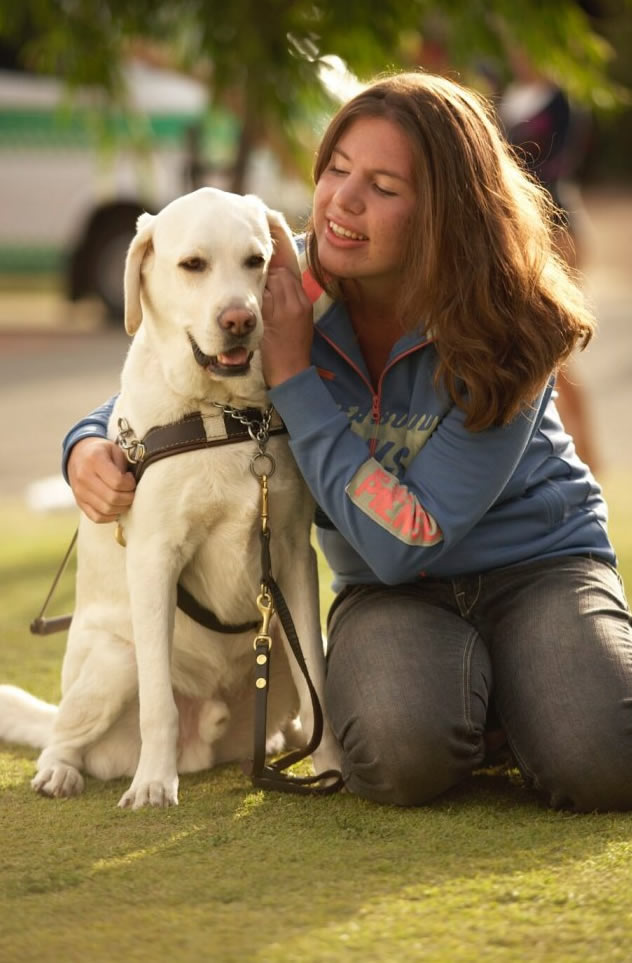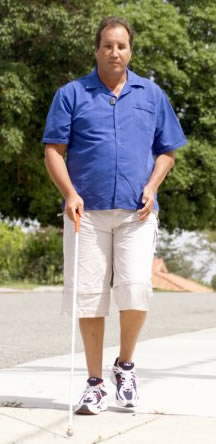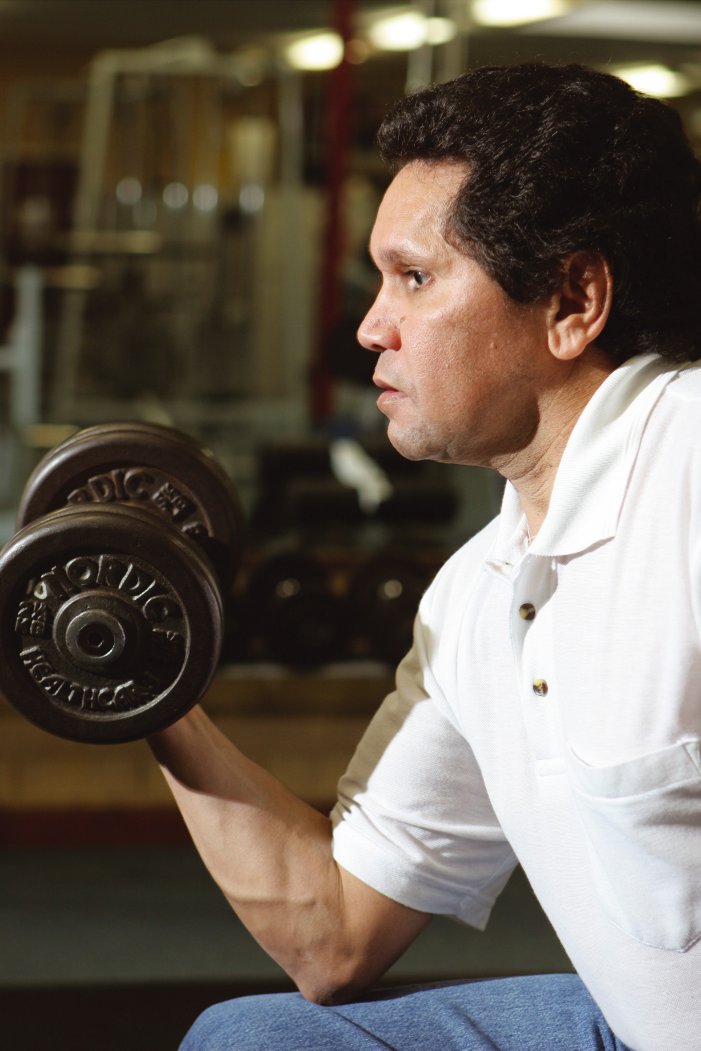About Us

Since 1913, the Association for the Blind of WA has offered a wide range of services to Western Australians which aim to assist children, young people, adults and seniors who are living with vision loss to minimise the effects of sight loss, retain independence and realise their highest level of participation in daily life consistent with their expectations, abilities and desires and bring about societal change which promotes that level of participation.Our vision is that people who are blind or vision impaired share a quality of life equal to other Western Australians.
Confidence, wellness and connection underpin the Association for the Blind’s holistic approach to providing services to more than 35,000 Western Australians who are blind or vision impaired. Established in 1913, we offer a wide range of services which aim to assist children, young people, adults and seniors who are blind or vision impaired to:
- minimise the effects of sight loss and retain independence;
- realise their highest level of participation in daily life consistent with their expectations, abilities and desires and bring about societal change which promotes that level of participation.
Our vision
That people who are blind or vision impaired share a quality of life equal to other Western Australians.
 Our mission
Our mission
Our mission is to maximise the quality of life of people who are blind or vision impaired by building confidence, promoting wellness, and creating connection.
Our location
Services are provided from our main office in Victoria Park, through regional offices located in Albany, Bunbury, Geraldton and Mandurah, and through the visiting services program in other rural areas of the State.
Our clients
More than 35,000 Western Australians are blind or vision impaired. Each year the Association provides direct, individualised and group-based services to more than 3,500 clients. Our clients range from new born babies to seniors in their 90’s and their families and carers. Because vision impairment affects every aspect of a person’s life, the Association offers a wide range of services from emotional and practical support, orientation and mobility, Guide Dogs, information and library services to leisure, sport and recreation programs and technology training. Approximately 25% of our clients live in regional areas of the State.

Our Staff
More than 100 professional staff and field workers provide individualised home-based services, offering support and training to assist people to build confidence and to lead fulfilling and independent lives. Working across the State the staff include:
Social workers offer counselling, support, information and advice to assist people to come to terms with the emotional impact of vision loss. Social workers develop a strong knowledge of community resources and can provide links to useful community and locally based services;
Occupational therapists offer support and training in daily living skills - ranging from household management to personal care. They also provide advice and special equipment to help people who are blind or vision impaired to live independently;
Orientation and Mobility Instructors offer training for people to travel safely and independently through their environment. This can involve special techniques or the use of special aids including the white cane or sonic equipment.
Guide Dog Instructors work throughout the State, training Guide Dog puppies, Guide Dogs and working with clients.
Specialist staff for children, including a Speech Pathologist, a Developmental Psychologist and a Paediatric Physiotherapist work particularly on the early intervention program for young children.

Recreation Officers offer advice, training and support so that people can participate in recreation, leisure and sporting activities of their choice. The range of activities available is extensive.
Braille teachers and production assistants provide a wide range of reading materials in Braille
Library staff provide library services in alternate formats to clients.
Optometrists and orthoptists assess and recommend on the best use of remaining vision.
Our history
The Association traces its origins to the foundation of the Ladies’ Braille Society in 1913. This group quickly moved beyond the simple task of transcribing Braille literature, beginning home teaching, social work and advocacy shortly after the First War, and establishing the Rest Home for the Aged Blind at Victoria Park in 1923. Throughout the Depression they continued their labours in spite of almost overwhelming obstacles. By the end of the Second War they were running a major social service.
A significant event, that had an Australia wide impact, was the establishment of Australia’s first Guide Dog training school in Perth in 1951.
DOWNLOAD “To Guide and Guard” (History of Guide Dogs in Australia) DOC PDF
In 1977, the Braille Society and Guide Dogs for the Blind formally merged and became the Association for the Blind of WA. By the 1980’s, thanks to boldly innovative thinking in arenas like recreation, orientation and mobility, early intervention, technology and library services, the Association could justly claim to be providing the most sophisticated set of resources for people who were vision impaired in the State.
